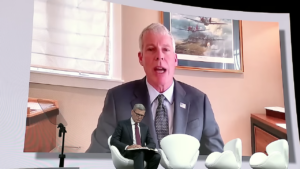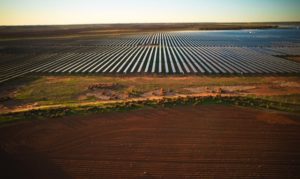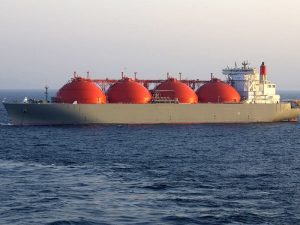As global climate progress goes, the road to Paris seems to be tracking alright. So far, 155 country pledges – known as intended nationally determined contributions (INDCs) – have been submitted to the UN in preparation for the December summit.
And according to a recent UN report, 119 of these pledges combined would save the equivalent of 4 gigatonnes of CO2 per annum by 2030, supposedly putting us on track to limit warming to 2.7°C by 2100. This is in the ballpark of the 2°C target science says we should be aiming for to avoid the worst impacts of climate change (including on our sex life).
But before we get too pleased with ourselves, another report, released on Wednesday by global banking and research group HSBC, offers a slightly less rosy view of how we’re tracking – and a timely reminder of just how much more work needs to be done if we really are to avoid dangerous levels of global warming.
In a review of the UN synthesis report – which assesses climate ambition (both mitigation and adaptation) in advance of the Paris talks – HSBC says that while it “provides evidence that countries have individually submitted ambitious climate aims… in aggregate they are not consistent with a 2°C world.”
This table highlights the large gap between the pinkish-red least-cost 2°C scenario and the light grey INDC pledge. Also note how close together the light grey wedge and the dark red line – the pre-INDC emissions trajectory – are.

In terms of degrees of warming, as Think Progress’s Joe Romm reminded us earlier this week, this means that if countries go no further than their current global climate pledges, the earth will warm a total of 3.5°C by 2100 – considerably higher than the 2.7°C touted by the UN, and others including environment minister Greg Hunt.
In his article from Tuesday, Romm was critical of what he described as the UN’s “misleading” news release, arguing that it had given the global media the idea that “climate talks in Paris get us much closer to 2°C than they actually do.”
And here are a couple of sobering charts he uses to illustrate his point.


As Romm explains, the overwhelming majority of the submitted INDCs end by 2030 – but most imply a rate of reduction in CO2 emissions between now and 2030.
“So, if you assume countries will commit in the future to keep reducing emissions after 2030 at the rate they did before 2030 – and make a bunch of other optimistic assumptions – you can limit warming to 2.7°C in 2100,” he writes.
“But those pledges have not been made yet, we do not know what they might be, and we certainly should not count them in any analysis of what Paris will achieve.”
Memo to Hunt, then, who like the media picked up and ran with the optimistic 2.7°C figure, even using the royal “we” to claim some of the credit for it.
“(Paris is) arguably the most important round of climate negotiations since the Kyoto Protocol was struck – it will get an outcome,” the federal environment minister told ABC TV’s Insiders program on Sunday.
“And we’ve brought the likely trajectory of temperature change down from between four and five degrees to the latest estimates of about 2.7°C. I think the Paris process will agree on a two-degree outcome.”
Indeed, Australia is one of those countries whose INDC pledges nothing, yet, beyond 2030 – although the now scrapped Clean Energy Act 2011 included a long-term goal to reduce the nation’s emissions to 80 per cent below 2000 levels by 2050.
In the current absence of such post-2030 goals, continues Romm, the best we can say is “if we consider the Paris climate pledges and nothing further, the earth will warm a total of 3.5°C by 2100. Of course, we can continue to say that keeping total warming to 2°C is super cheap because we know that is also true.”
As the HSBC report explains, one of the major unknowns going forward is in the variables – and conditions – contained within the pledges. And you can see this illustrated in the HSBC table, a section of which is shown below.

“Just over 30 INDCs are based on an absolute reduction target, but almost 60 have communicated aims in relation to ‘business as usual’ (BAU).
“This adds an extra layer of difficulty since future BAU assumptions of factors like economic and population growth are uncertain. The remaining INDCs have published mitigation aims in the context of carbon intensity target, policies and actions or a peak goal.”
The report closes by saying that HSBC thinks the INDC submissions so far “demonstrate ambition given respective country economic circumstances and provide positive momentum for a Paris agreement.”
The tricky bit will be doubling down on that momentum in post-2030 pledges.–










